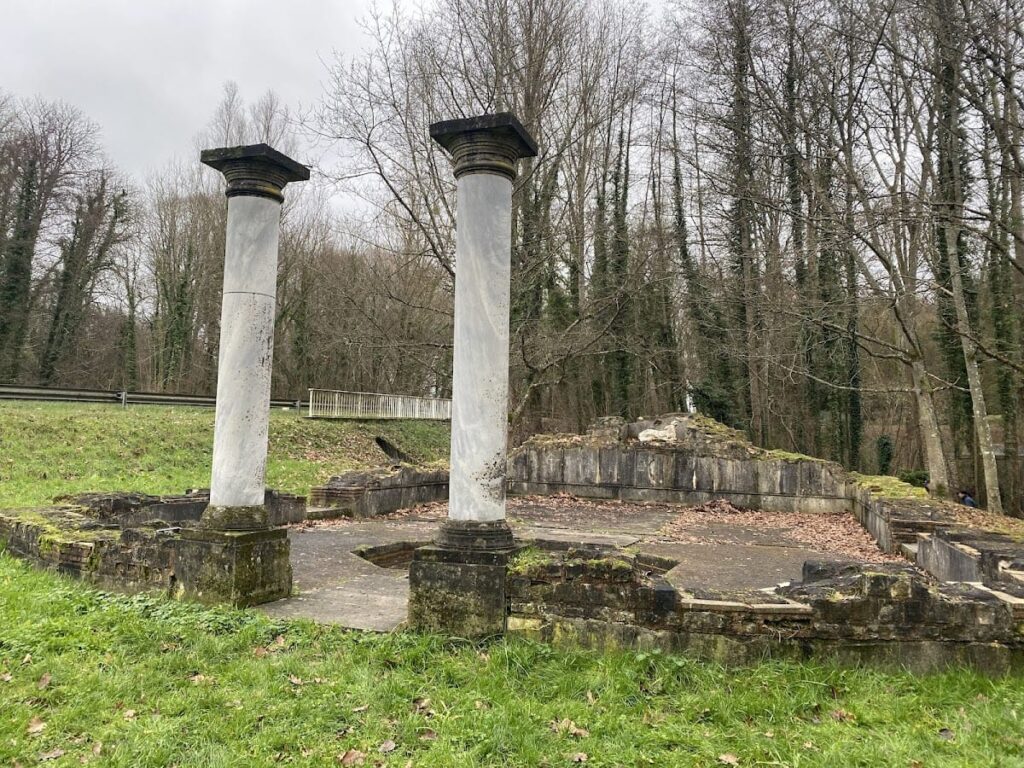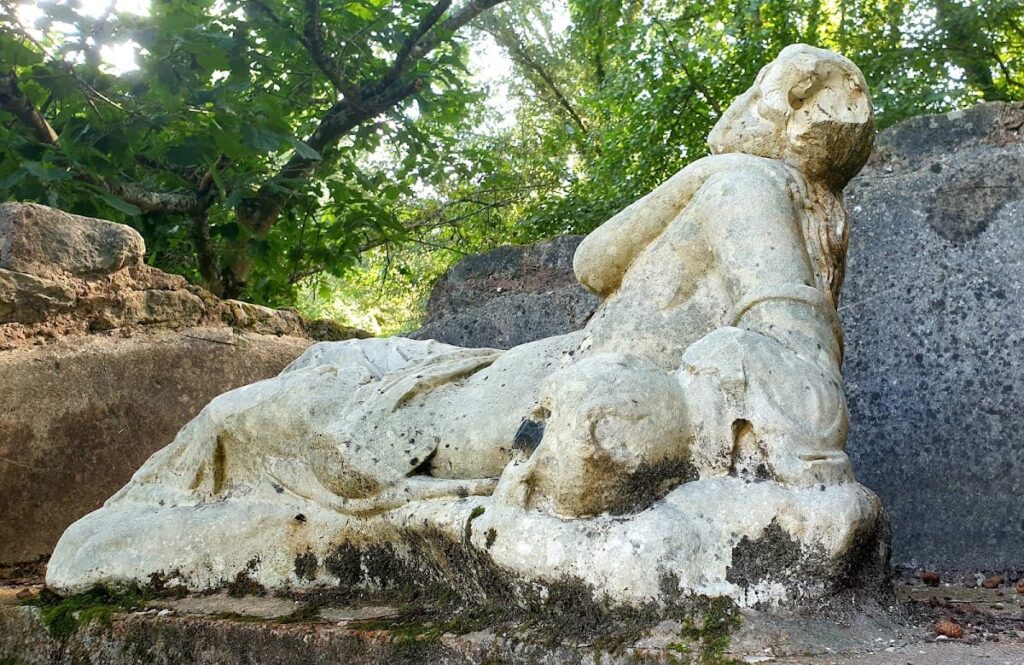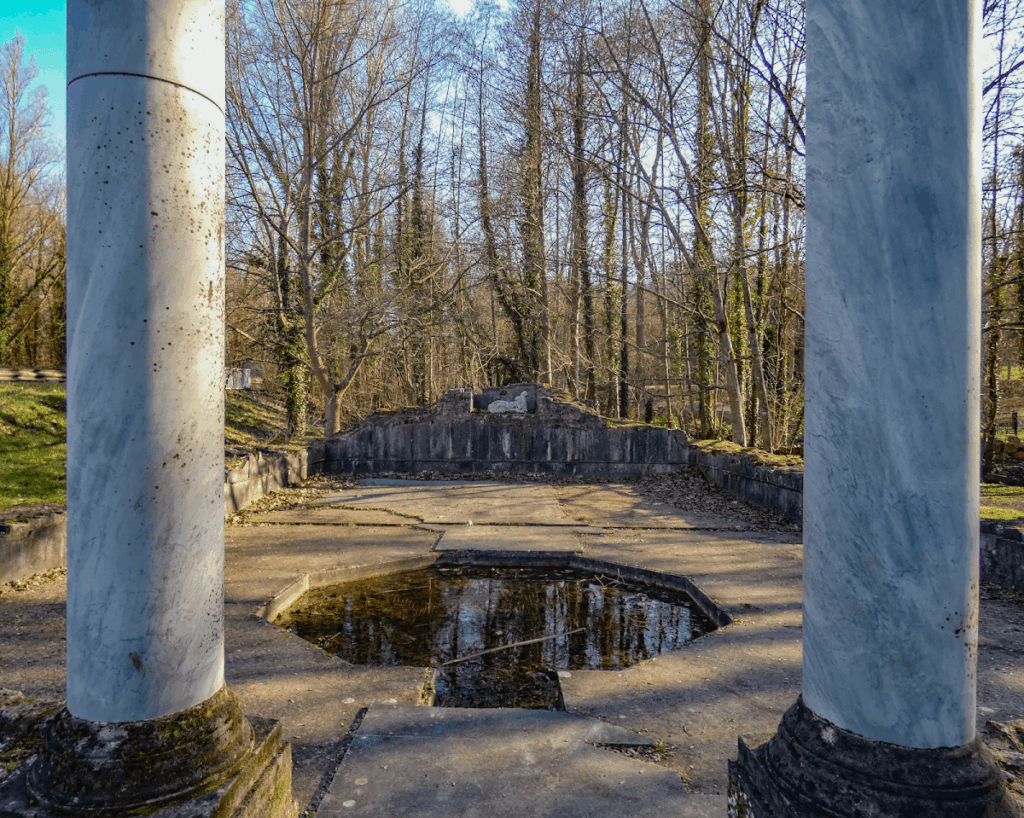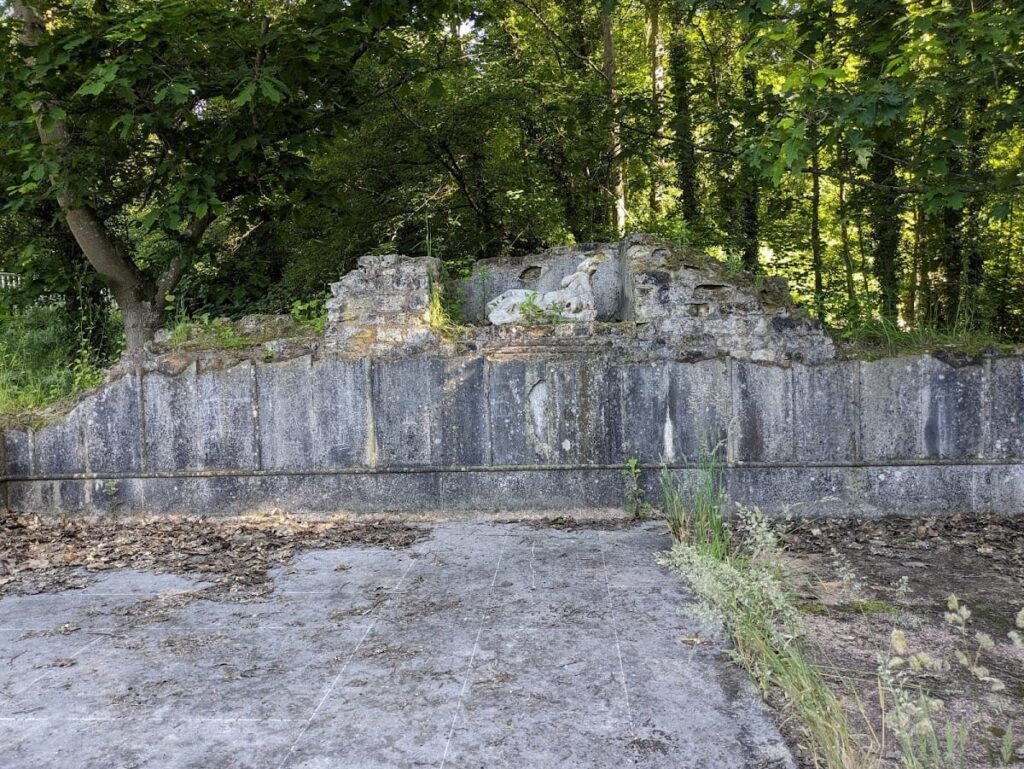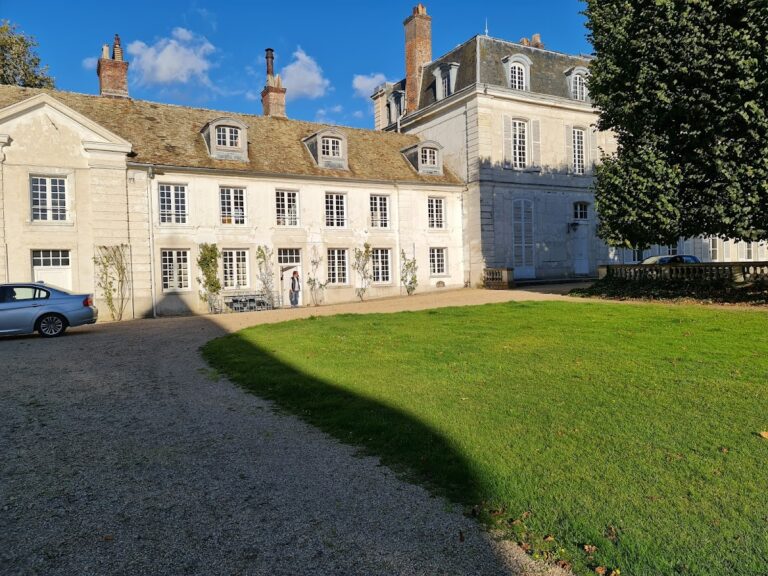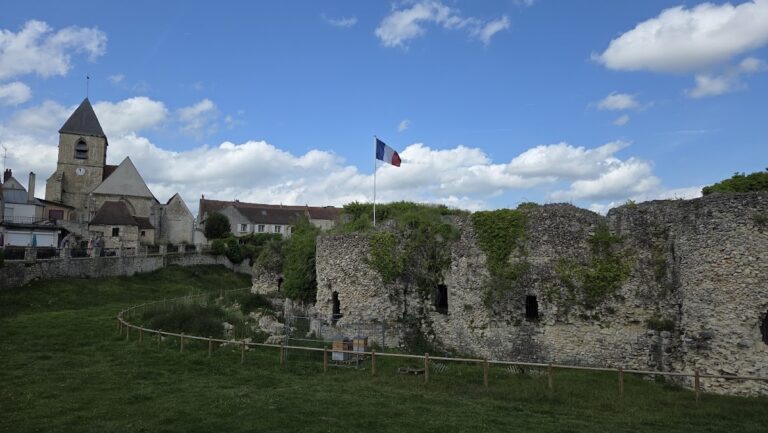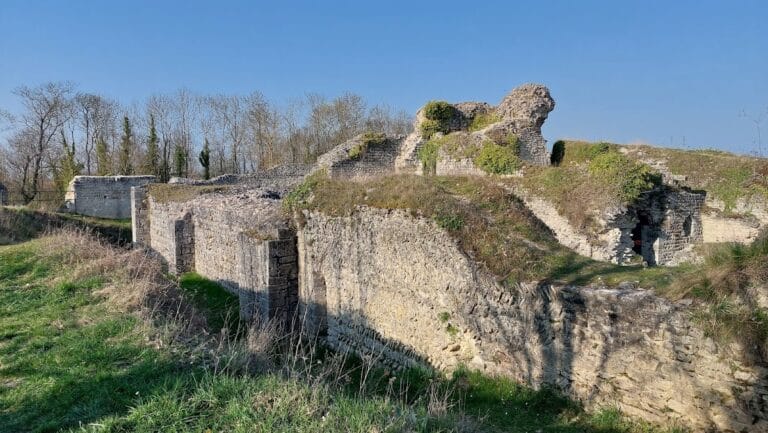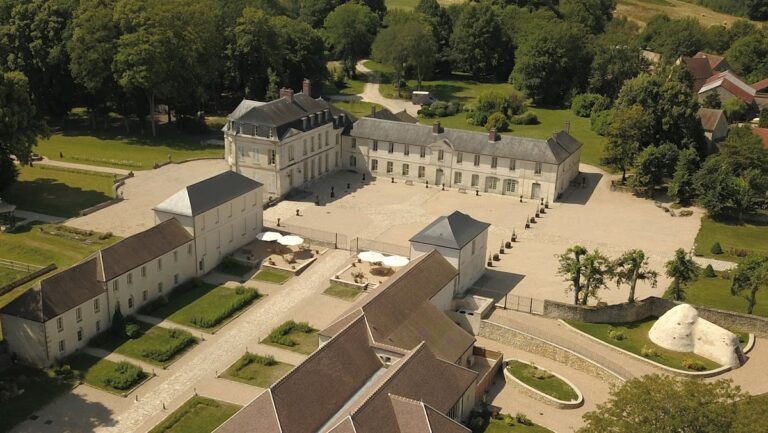Mithraeum of Septeuil: A Roman Religious Site in Northern France
Visitor Information
Google Rating: 3.7
Popularity: Very Low
Google Maps: View on Google Maps
Official Website: archeologie.yvelines.fr
Country: France
Civilization: Roman
Remains: Religious
History
The Mithraeum of Septeuil is located in the town of Septeuil, within the Yvelines department in the Île-de-France region of northern France. This area was part of the Roman province of Gallia during antiquity. The site was originally constructed by the Gallo-Roman inhabitants in the 1st century AD.
Initially, the structure served as a nymphaeum, a sanctuary dedicated to water deities and the water cult. The sanctuary was situated near an old branch of the Vaucouleurs river.
In the latter half of the 4th century, the original water sanctuary was partially demolished and repurposed as a Mithraeum, a temple devoted to the cult of Mithras. This change illustrates a religious shift during the late Roman Empire, as Mithraism gained followers among certain groups. The Mithraeum functioned as a semi-subterranean shrine, reflecting typical architectural features of Mithraic worship spaces.
Excavations at the site have uncovered sculptural fragments and bas-reliefs associated with Mithraic imagery. These artifacts provide evidence of the site’s dual religious history, from water worship to the Mithraic cult. Today, these remains are preserved in the National Archaeology Museum in Saint-Germain-en-Laye.
Remains
The sanctuary at Septeuil is built partially below ground level and consists of three main sections. A central nave, measuring 2.60 meters wide, is flanked on each side by broad benches 1.30 meters wide. These benches served as seating areas for worshippers during rituals.
The site’s construction reflects its original purpose as a water sanctuary, later adapted for Mithraic use. The materials and building techniques are consistent with Roman construction methods of the 1st century AD, with modifications made in the 4th century to accommodate the new religious function.
Among the sculptural remains are depictions of key Mithraic figures and scenes. These include Mithras slaying the bull, known as the tauroctone, as well as representations of Aiôn (a personification of eternity), Mithras petrogene (Mithras born from a rock), Dadophores (torchbearers), and Luna (the moon goddess). Notably, a three-dimensional figure of a nymph was reused in the Mithraeum’s decoration, linking the site’s earlier water cult to its later Mithraic phase.
While the sanctuary is now fragmentary, elements remain in situ or have been preserved in museum collections, providing valuable insight into the religious practices and architectural adaptations of the period.
